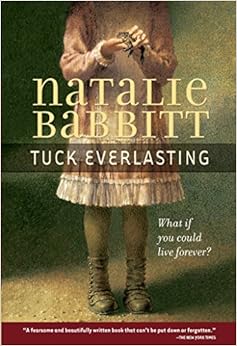 Fantastical literature includes the genre of fantasy and science fiction. Fantasy authors use imaginative narratives that explore alternate realities. They suspend scientific explanations and natural laws which make the impossible seem plausible. Fantasy writers use fantastic settings, nonhuman characters, and magic to create the fantasy. The fantasy genre gave children in the mid-nineteenth century a way to escape their hard-working world. The first fantasy was Alice in Wonderland by Charles Dodgson, a.k.a. Lewis Carroll.
Fantastical literature includes the genre of fantasy and science fiction. Fantasy authors use imaginative narratives that explore alternate realities. They suspend scientific explanations and natural laws which make the impossible seem plausible. Fantasy writers use fantastic settings, nonhuman characters, and magic to create the fantasy. The fantasy genre gave children in the mid-nineteenth century a way to escape their hard-working world. The first fantasy was Alice in Wonderland by Charles Dodgson, a.k.a. Lewis Carroll.Tuck Everlasting by Natalie Babbitt is a fantasy quest tale. The main character, Winnie, dreams of running away and her curious nature leads her to new friends and an adventure away from home. Winnie grows up along her journey and makes sacrifices that show just what kind of a person she really is inside. The outcome is that she comes home a wiser person and is able to make life changing choices. Winnie's experiences help her understand her internal struggles and not just an outer enemy. I can see using this book in a 4th or 5th grade classroom. Students can practice persuasive techniques by creating an original commercial to convince people to purchase "eternal life" water. Also, the prologue provides the reader with a mentor text for creating a descriptive setting.
During class, I enjoyed the student presentation of fantastical literature. In order to help students learn the difference between fantasy and science fiction, the teacher could design a game for students to play. Students could be given a book to examine and then decide the genre based on the literary element criteria of each. The students can provide evidence of their claims using specific details. I also liked the idea of playing pictionary with a partner to reinforce the genres of common novels that children recognize.

No comments:
Post a Comment